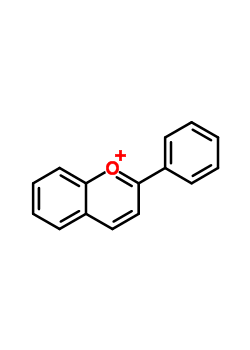| Post Date: | Dec 16,2021 |
| Expiry Date: | Jun 14,2022 |
| Detailed Description: |
Cas No. :11029-12-2
Active Ingredient:VitaminC Specification:5% Test Method:HPLC Recent research has shown Hibiscus have antibacterial properties. Hibiscus Flower Extract Active Ingredient: Vitamin C Specification: 5% Test Method: HPLC Recent research has shown that Hibiscus may have antibacterial properties. Hibiscus Flower Extract Hibiscus sabdariffa Vitamin C Hibiscus has been used to ease indigestion, relieve colds and respiratory trouble, and as an aid to circulation. Hibiscus is commonly made as a tea to ease stomach trouble. Hibiscus is also a natural source of Vitamin C. Hibiscus, also known as Red Tea, China Rose, Red Sorrell, Roselle, Jamaica Tea, and Sudanese Tea, is not just another pretty flower. Hibiscus grows in tropical areas throughout the world, and has been used not just as an ornament, but also medicinally for centuries. The part of this plant used medicinally is the flower. It was used by the Chinese to treat dandruff and stimulate hair growth. Hibiscus has also been used to treat hemorrhoids and wounds. The Hibiscus flower is made into a tea in numerous cultures throughout the world. Hibiscus has a mild flavor and has many culinary uses. Recent research has shown that Hibiscus may have antibacterial properties. It is a mild laxative and it contains Vitamin C and malic acid. Hibiscus has also been shown to relax the uterus and reduce blood pressure. Hibiscus has also been used for indigestion and loss of appetite, as well as for colds, respiratory problems, and circulation disorders |
| CAS Registry Number: | 11029-12-2 |
| Synonyms: | ANTHOCYANINS;GRAPE SKIN EXTRACT 30% POLYPHENOLS;Anthocyanins, grape;BLUEBERRYANTHOCYANINS;GRAPEJUICECOLOUR;HIBISCUSSABDARIFFAL.ANTHOCYANINS;GRAPESKINCOLOUR;PURPLECORNCOLOUR;2-phenylchromenium;Hibiscus Flower extract; |
| Molecular Formula: | C15H11O |
| Molecular Weight: | 207.2467 |
| Molecular Structure: | 
|


